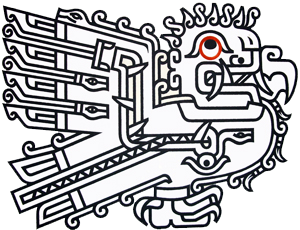Description
Water is an absolute necessity, but in general it is neither so scarce nor so inaccessible that one cannot live in its comforting proximity. The charming image of the water-carriers of Tebaram, between Tahoua and Filingue (Niger), brings to our attention one of the main occupations of the Saharan nomads: obtaining the precious liquid, transporting it and storing it. The calabashes indicate a semi-sedentary tribe, because the caravan driver uses a tube made of goatskin, the famous gerba. Before each departure, it is the one that demands all attention: One is loaded onto each camel to prevent them all being lost or damaged together, one inspects its condition, its stitching, the straps that hold its closure and the ropes on which it hangs. Rightly so - after all, a single carelessness can mean death. - Niger - 1970
Description
Water is an absolute necessity, but in general it is neither so scarce nor so inaccessible that one cannot live in its comforting proximity. The charming image of the water-carriers of Tebaram, between Tahoua and Filingue (Niger), brings to our attention one of the main occupations of the Saharan nomads: obtaining the precious liquid, transporting it and storing it. The calabashes indicate a semi-sedentary tribe, because the caravan driver uses a tube made of goatskin, the famous gerba. Before each departure, it is the one that demands all attention: One is loaded onto each camel to prevent them all being lost or damaged together, one inspects its condition, its stitching, the straps that hold its closure and the ropes on which it hangs. Rightly so - after all, a single carelessness can mean death. - Niger - 1970





